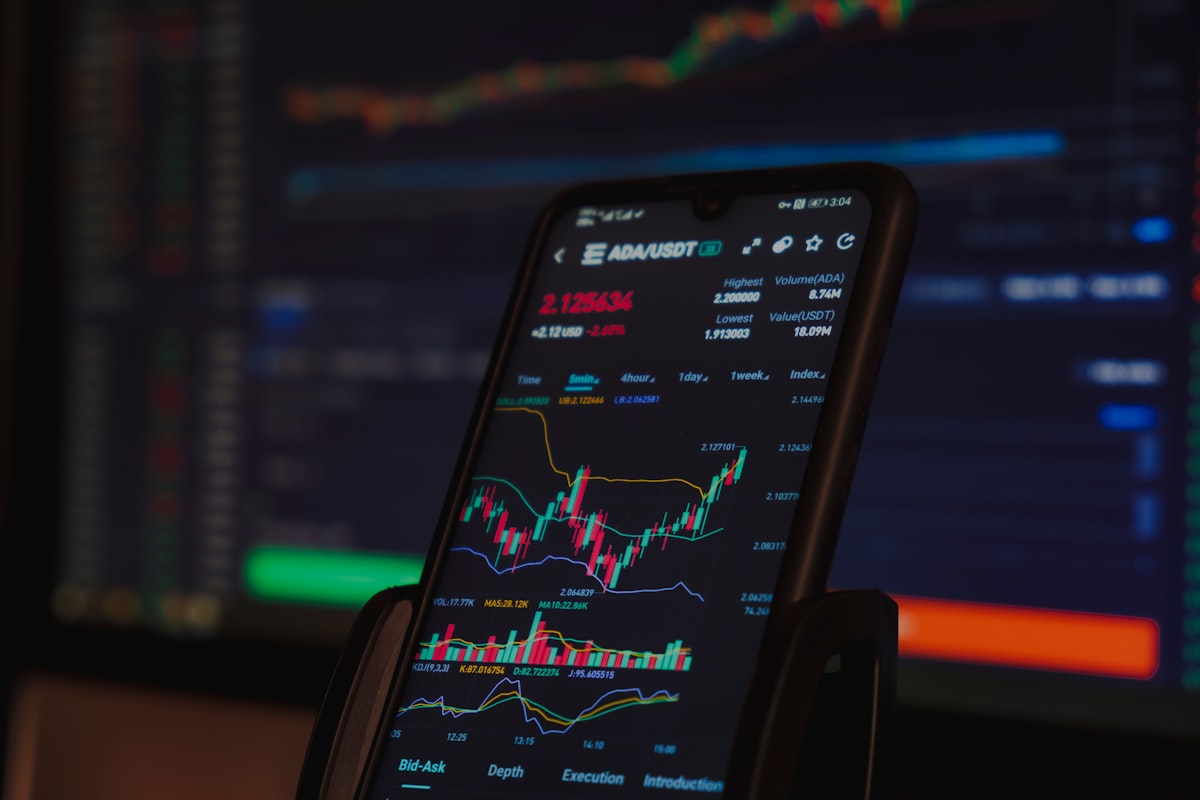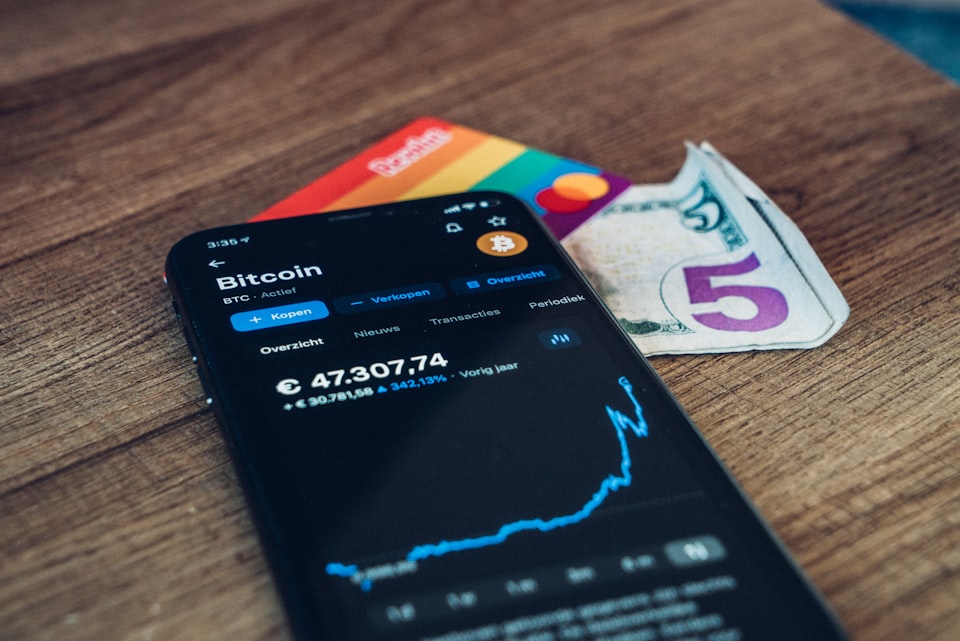Volatility & Fear/Greed Index: Is the Market Experiencing High Volatility, and What Does the Fear and Greed Index Suggest About Investor Sentiment?
Explore the concepts of volatility and the Fear and Greed Index in cryptocurrency markets. Learn how these factors influence price movements, investor sentiment, and market dynamics. Gain insights into risk management, contrarian strategies, and navigating market cycles effectively.

Volatility and investor sentiment play pivotal roles in shaping price movements and market dynamics. As the industry continues to mature, understanding these forces has become increasingly crucial for investors, traders, and market participants alike.
In this article, we'll delve into the concept of volatility, explore the Fear and Greed Index, and analyze how these factors influence the cryptocurrency landscape.
Volatility in Cryptocurrency Markets
Volatility is an intrinsic characteristic of cryptocurrency markets, and it refers to the degree of fluctuation in asset prices over a given period.
What is Volatility?
Volatility is a measure of the dispersion of returns for a given security, commodity, or market index. In the context of cryptocurrencies, it reflects the extent to which prices fluctuate within a specific timeframe. High volatility is often associated with increased risk and uncertainty, while low volatility generally indicates more stable market conditions.
Factors Influencing Volatility
Several factors contribute to the volatility of cryptocurrency markets, including:
- Market Speculation and Sentiment: Cryptocurrencies are highly speculative assets, and their prices are heavily influenced by investor sentiment, hype, and market narratives. Shifts in sentiment can lead to significant price swings.
- Regulatory Developments: Regulatory changes, announcements, or crackdowns by governments and financial authorities can significantly impact the cryptocurrency markets, causing volatility.
- Adoption and Real-World Use Cases: As cryptocurrencies gain wider adoption and real-world use cases, their volatility may decrease over time, reflecting a more mature and stable market.
- Market Capitalization and Liquidity: Larger and more established cryptocurrencies tend to exhibit lower volatility compared to smaller and less liquid assets, which are often more susceptible to price fluctuations.
Measuring Volatility
Various statistical measures are used to quantify and analyze volatility in cryptocurrency markets, including:
- Standard Deviation: A measure of the dispersion of data from its mean, providing insight into the volatility of an asset's price movements.
- Bollinger Bands: A technical analysis tool that uses standard deviations to create bands around a moving average, helping identify potential overbought or oversold conditions.
- Average True Range (ATR): A measure of market volatility that considers the entire trading range, providing insights into the potential for future price fluctuations.
The Fear and Greed Index
In addition to volatility, investor sentiment plays a crucial role in shaping cryptocurrency markets. One widely used tool for gauging sentiment is the Fear and Greed Index.
What is the Fear and Greed Index?
The Fear and Greed Index is a sentiment analysis tool that attempts to quantify the overall sentiment of cryptocurrency market participants. It is based on various indicators, such as volatility, market momentum, social media trends, and trading volumes, and provides a numerical value ranging from 0 (extreme fear) to 100 (extreme greed).
Interpreting the Fear and Greed Index
The Fear and Greed Index is often used as a contrarian indicator, suggesting that when the index reaches extreme levels of fear (low values), it may signal a potential buying opportunity, as assets are undervalued due to excessive pessimism. Conversely, when the index reaches extreme levels of greed (high values), it may indicate an overvalued market prone to corrections or pullbacks.
Components of the Fear and Greed Index
The Fear and Greed Index is calculated using a proprietary formula that considers various factors, including:
- Volatility: Higher volatility tends to increase fear levels, while lower volatility may indicate complacency or greed.
- Market Momentum: Positive momentum can contribute to greed, while negative momentum can fuel fear.
- Social Media Sentiment: The sentiment expressed on popular social media platforms related to cryptocurrencies is analyzed for signs of fear or greed.
- Trading Volume: High trading volumes can indicate increased interest and potential greed, while low volumes may signal fear or disinterest.
- Dominance: The dominance of specific cryptocurrencies, such as Bitcoin, can influence overall market sentiment.
Implications for Investors and Traders
Understanding volatility and the Fear and Greed Index can provide valuable insights for investors and traders navigating the cryptocurrency markets.
Risk Management and Portfolio Diversification
By monitoring volatility levels, investors can make informed decisions about risk management and portfolio diversification strategies. High volatility periods may warrant a more conservative approach or the use of hedging techniques, while low volatility environments could present opportunities for more aggressive investments.
Entry and Exit Points
The Fear and Greed Index can be used as a tool to identify potential entry and exit points in the market. When the index indicates extreme fear, it may signal an attractive buying opportunity, as assets are potentially undervalued. Conversely, when the index reaches extreme greed levels, it could be an opportune time to consider taking profits or reducing exposure.
Contrarian Strategies
Some investors and traders employ contrarian strategies, taking positions that go against the prevailing market sentiment as indicated by the Fear and Greed Index. This approach involves buying when fear is high and selling when greed is high, aiming to capitalize on potential market overreactions.
Emotional Control
Both volatility and the Fear and Greed Index can influence investor emotions, leading to irrational decision-making. Understanding these factors can help traders and investors maintain emotional control and make more disciplined decisions based on data and analysis rather than fear or greed.
Conclusion
Volatility and investor sentiment, as reflected by the Fear and Greed Index, are critical elements in the cryptocurrency markets. While volatility is inherent in these markets, understanding its drivers and measuring tools can aid in risk management and decision-making. Similarly, the Fear and Greed Index provides valuable insights into market psychology, allowing investors and traders to identify potential opportunities and navigate market cycles more effectively.
As the cryptocurrency ecosystem continues to evolve, staying informed about volatility and sentiment indicators will remain crucial for navigating this dynamic and ever-changing landscape successfully.
The information provided in this article is for educational and informational purposes only and should not be construed as financial advice. Readers are advised to conduct their own research and consult with a qualified financial advisor before making any investment decisions.




